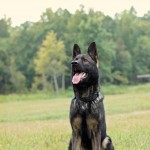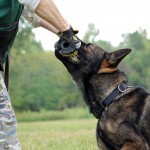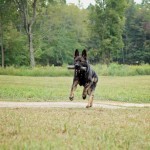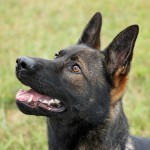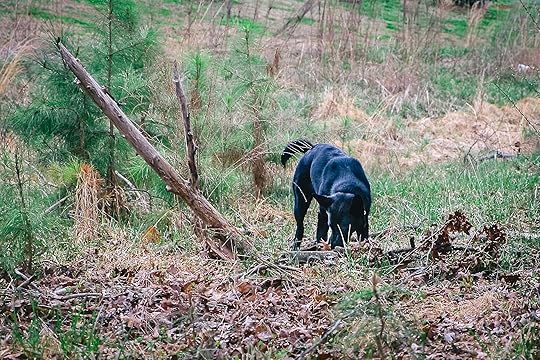Cat Warren's Blog
March 6, 2019
All the Dog Things
Dearest Blog Readers:
A lot has happened in the past two or three years. Some wonderful, some a little sad, and some a combination of all that. But I’m going to concentrate on two wonderful things in the order that they occur to me.
First, Rev. We have a new German shepherd pup in the house. He’s nine months old now, and a lot of work. And a lot of pleasure. Here are some pictures of him from young to a little less young.
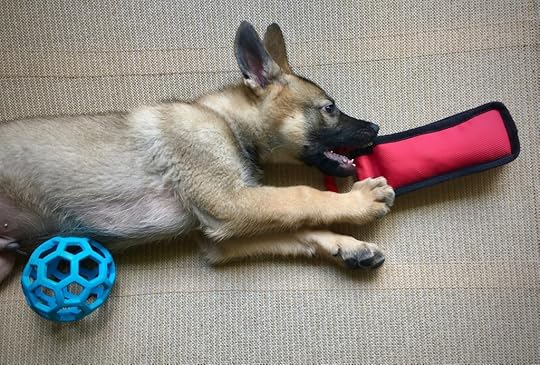 Rev settled into our house almost immediately.
Rev settled into our house almost immediately.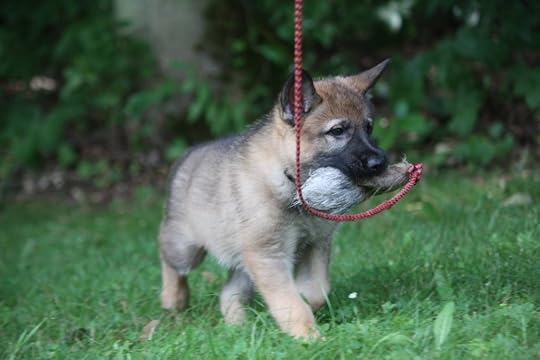 Rev was already playing with a flirt pole at an early age! He’s seven weeks old here.
Rev was already playing with a flirt pole at an early age! He’s seven weeks old here.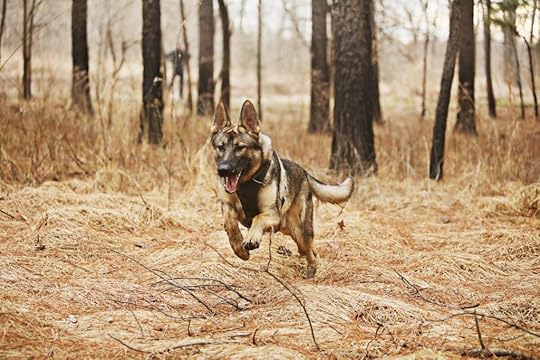 Rev, Nine Months Old. Photo by Juli Leonard
Rev, Nine Months Old. Photo by Juli Leonard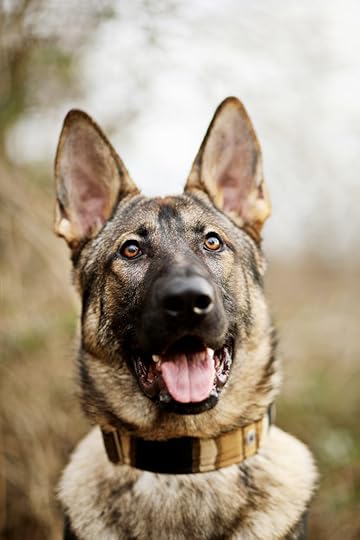 Rev, 2019, Photo by Juli Leonard
Rev, 2019, Photo by Juli LeonardI’ve (almost) completed a Young Readers Edition of What the Dog Knows. It took a year and a half and it was a lot of work. And a lot of pleasure. Here are some pictures of it, and in it!
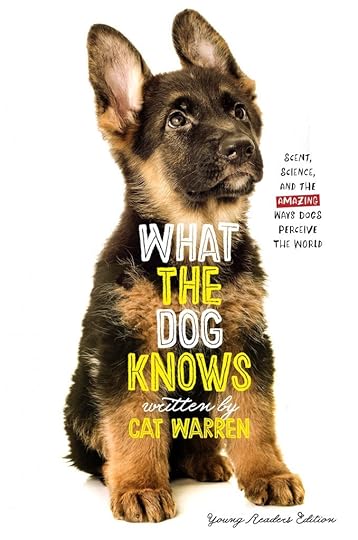 The Young Readers Edition comes out October 2019
The Young Readers Edition comes out October 2019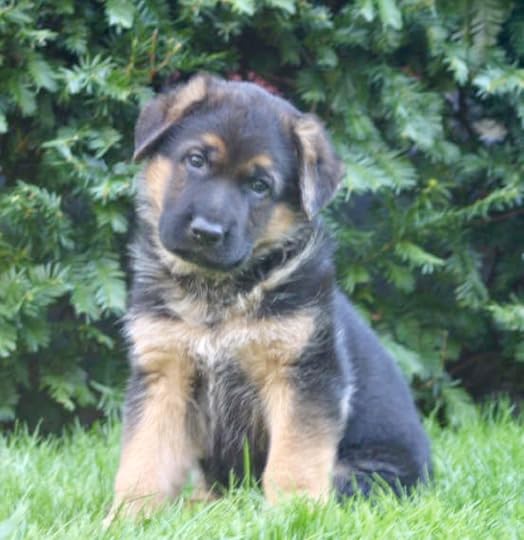 Solo, at four weeks old, was both handsome and a bit spoiled. Photo by Sherri Clendenin
Solo, at four weeks old, was both handsome and a bit spoiled. Photo by Sherri Clendenin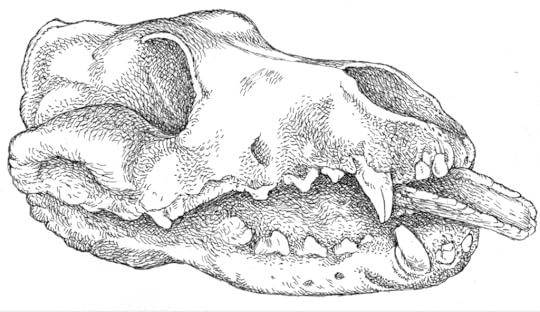 The marvelous illustrator and artist Patricia J. Wynne has provided 21 illustrations for the young readers edition. This is a sketch she did of a nearly 32,000-year-old dog skull, found in the Czech Republic. A mammoth bone was placed between its jaws.
The marvelous illustrator and artist Patricia J. Wynne has provided 21 illustrations for the young readers edition. This is a sketch she did of a nearly 32,000-year-old dog skull, found in the Czech Republic. A mammoth bone was placed between its jaws.
October 4, 2016
How Jaco Got His Game
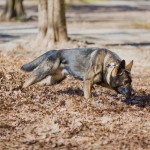
The Bark magazine published my piece on training Jaco this past June, and it recently arrived as an online link as well! Jaco has been a joy and a challenge. It feels as though every time I learn something new with a dog, I need to apply another new thing to the next dog. That’s certainly been the case here. But he is eager, and happy, and essentially kind and sweet. I feel as though he’s making me a better handler than I am.
September 7, 2015
Meet Jaco: 19 months old, ready to work!
Jaco, a sable German shepherd, arrived more than a month ago at our house, and he’s just started foundation training in cadaver scent. He’s from the Czech Republic. We couldn’t be more thrilled with him. True, he’s got to be exposed to many more things: lots of people, kids, farm critters, rubble, trash, noise, our (sometimes noisy) friends. But what a little love. He’s as intense as a cobra when he wants to strike his blast-hose toy, but he cuddles and grins when he’s on the couch with us. You can almost see those little canine pleasure centers firing in his brain. You, toys, food!? He’s so different from our sweet Solo, whom we lost in April at the age of 11 (and yes, it still makes me cry). And yet, I see that same spirit in this pup: What do you want me to do? Can we play? You want me to spit out the toy? You nuts? Okay, only because it’s dead now, and you’ve got a live one in your hand. And Coda and he get along like gangbusters. (the wonderful photos are from Aimee Lyn).
April 21, 2015
Interview with Cat Warren on the “Science of the Sniff” with UNC Public Television
March 29, 2015
Julie Hecht’s Great Posts at Dog Spies
Julie Hecht of Dog Spies, my favorite blog — natch! — on Scientific American, has written three or four blog posts over the past year and a half that I simply love, not just because she writes favorably about my book (although I do love that), but also because her pieces highlight the science behind cadaver dog scent detection training. She also features a couple of my favorite studies on cadaver dogs.
(Pictured above is one of my favorite cadaver dogs in training, Coda, as she finally locates a buried skull during training.)
Julie, a canine behavioral researcher and science writer in New York City, explains why she’s interested in cadaver dogs: She wants to know “the whys and hows behind dogs and the dog-human relationship. How does a dog start as a dog with a nose and become a dog who uses his nose to stop beside a corpse under a canopy of trees in the woods? How do dogs learn that dead squirrels and rotting trees are not the end goal and should be ignored?”
I’m posting her pieces here from most recent to least recent. But DO read about dead chickens! Not to be missed. You can also follow her on Twitter (@DogSpies).
“Three Reasons Not to Leave a Dead Body on the Carpet”
“Would Your Dog Make a Good Cadaver Detection Dog?”
February 18, 2015
What the Dog Knows picks up a few prizes!
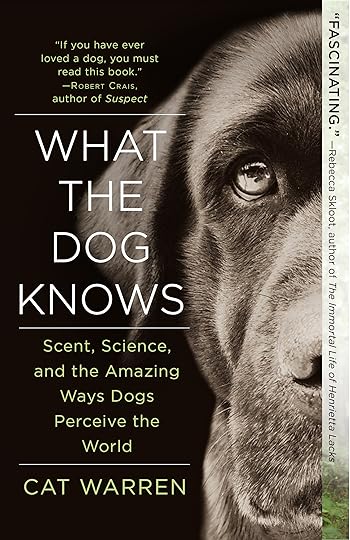 I was incredibly pleased and surprised that the Dog Writers Association of America gave What the Dog Knows three awards at its 2015 award ceremony — the Dogwise Best Book award; the DWAA Best Reference Book award; and the Merial Human-Animal Bond Award. It made braving the frigid New York City ice and snow worth it. In the meantime, my husband David was down in North Carolina covering bay trees, turning up the heat in the greenhouse to save the lemon trees — and braving the frigid weather here!
I was incredibly pleased and surprised that the Dog Writers Association of America gave What the Dog Knows three awards at its 2015 award ceremony — the Dogwise Best Book award; the DWAA Best Reference Book award; and the Merial Human-Animal Bond Award. It made braving the frigid New York City ice and snow worth it. In the meantime, my husband David was down in North Carolina covering bay trees, turning up the heat in the greenhouse to save the lemon trees — and braving the frigid weather here!
December 28, 2014
A Good Nose Isn’t That Hard to Find
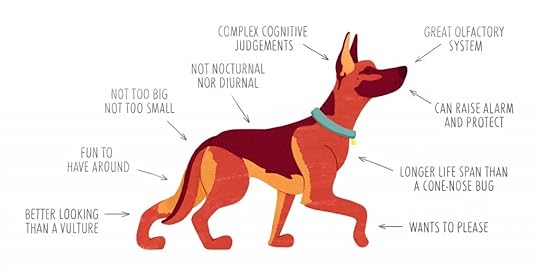 I’ve long admired Buzz Hoot Roar, a graphics-driven blog that explains science in fewer than 300 words, so when @VerdantEleanor (she’s “Roar) approached me about doing something with artist Christine Fleming, I said yes with alacrity! We decided to focus on the ongoing competition between machines and dogs and other animals, to see which has the best nose, and is the easiest to use. Okay, dog people, I honestly tried to be objective when I did this research, but one of Christine’s marvelous illustrations sums up why dogs rock, and why A Good Nose Isn’t That Hard to Find.
I’ve long admired Buzz Hoot Roar, a graphics-driven blog that explains science in fewer than 300 words, so when @VerdantEleanor (she’s “Roar) approached me about doing something with artist Christine Fleming, I said yes with alacrity! We decided to focus on the ongoing competition between machines and dogs and other animals, to see which has the best nose, and is the easiest to use. Okay, dog people, I honestly tried to be objective when I did this research, but one of Christine’s marvelous illustrations sums up why dogs rock, and why A Good Nose Isn’t That Hard to Find.
October 17, 2014
Dogs’ noses point to forgotten, unmarked graves in Wilmington
Bruce Siceloff, a reporter with the Raleigh News & Observer, spent a couple of days reporting on the work in Wilmington on historic graves, and wrote a beautiful story on it:
Canine noses point to forgotten, unmarked graves in Wilmington.
.
And Chuck Liddy took great video and photographs.
August 31, 2014
Wilmington Historic Grave Search
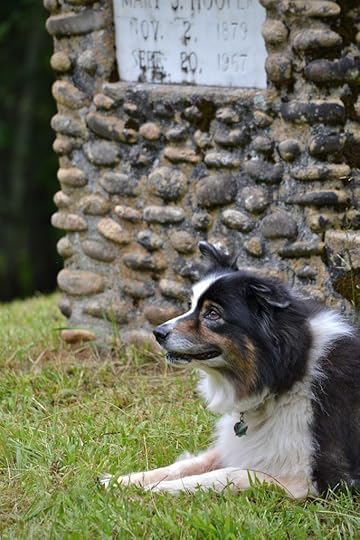
Maggie, one of Lisa Higgin’s cadaver dogs, alerting during a training.
I am helping organize a historic grave search with cadaver dogs in Eastern North Carolina from Sept. 12 to 14. An African-American church’s graveyard is being relocated because of a road widening project. The church has generously agreed to having the cadaver dog teams on site to see whether they can help confirm or locate unmarked graves.
I am trying to raise some modest funds to cover the expenses of three experienced cadaver-dog handlers — Lisa Higgins, Paul Martin, and Susan Goodhope — who were featured in What the Dog Knows doing this work. Separately and together, they have worked on ancient remains projects across the United States. The link provides just one example of Lisa Higgins working with her dog Dixee on such a project at Dozier School for Boys.
The three handlers, whom I know personally, are bringing their dogs and their handling talents to this project because an environmental review coordinator at the NC State Historic Preservation Office read the chapter in the book on historic remains, called me, and suggested that it might be a great opportunity to both help the church, and to be able to study how accurate dogs trained on detecting ancient remains can be. The state department of transportation will need to move all the graves, marked and unmarked, to another area on the church’s property. The DOT is using GPR and other methods on the site, and will be excavating.
A donation of even $10 will help, but time is of the essence.
We want to cover the expenses (hotel, food, and gas) plus a minimal honorarium for the handlers ($300 each), who are generously coming from some distance.
We have two ways to give: Triangle Search Dogs has kindly agreed to host the project because of its mission to further the education of K9s and handlers. I and another member of Triangle Search Dogs will be on site to help and learn (I’m so excited to be able to do this!). Triangle Search Dogs is a non-profit, and any donations you give will be tax deductible. A donation of $50 or more, and I will send you an autographed copy of What the Dog Knows.
Or, if you’d like to donate via Indiegogo, you can use your credit card. That donation (because of our tight time frame) isn’t set up to be tax deductible.
If you have any questions, feel free to email me, cat_warren@icloud.com, or whatthedogknows@gmail.com. Thank you!
Cat Warren
April 14, 2014
Oso Disaster Pushes Dogs, and Their Handlers, to Their Limits
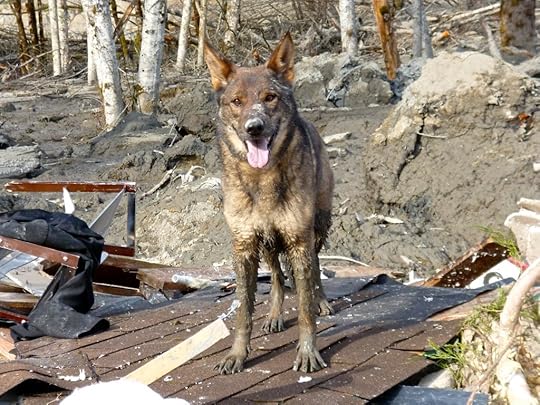 I was fortunate to be able to interview a number of people who worked their cadaver dogs at the tragic mudslide in Oso, Washington. Here is another piece, Oso Disaster Pushes Dogs, and Their Handlers, to Their Limits, that I wrote for the online magazine, The Dodo, about their experiences. Pictured is Marcia Koenig’s search dog, Raven.
I was fortunate to be able to interview a number of people who worked their cadaver dogs at the tragic mudslide in Oso, Washington. Here is another piece, Oso Disaster Pushes Dogs, and Their Handlers, to Their Limits, that I wrote for the online magazine, The Dodo, about their experiences. Pictured is Marcia Koenig’s search dog, Raven.

